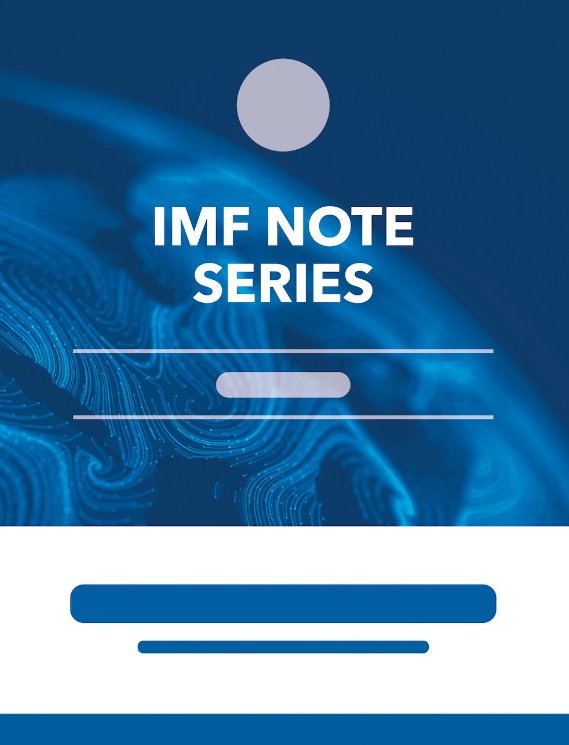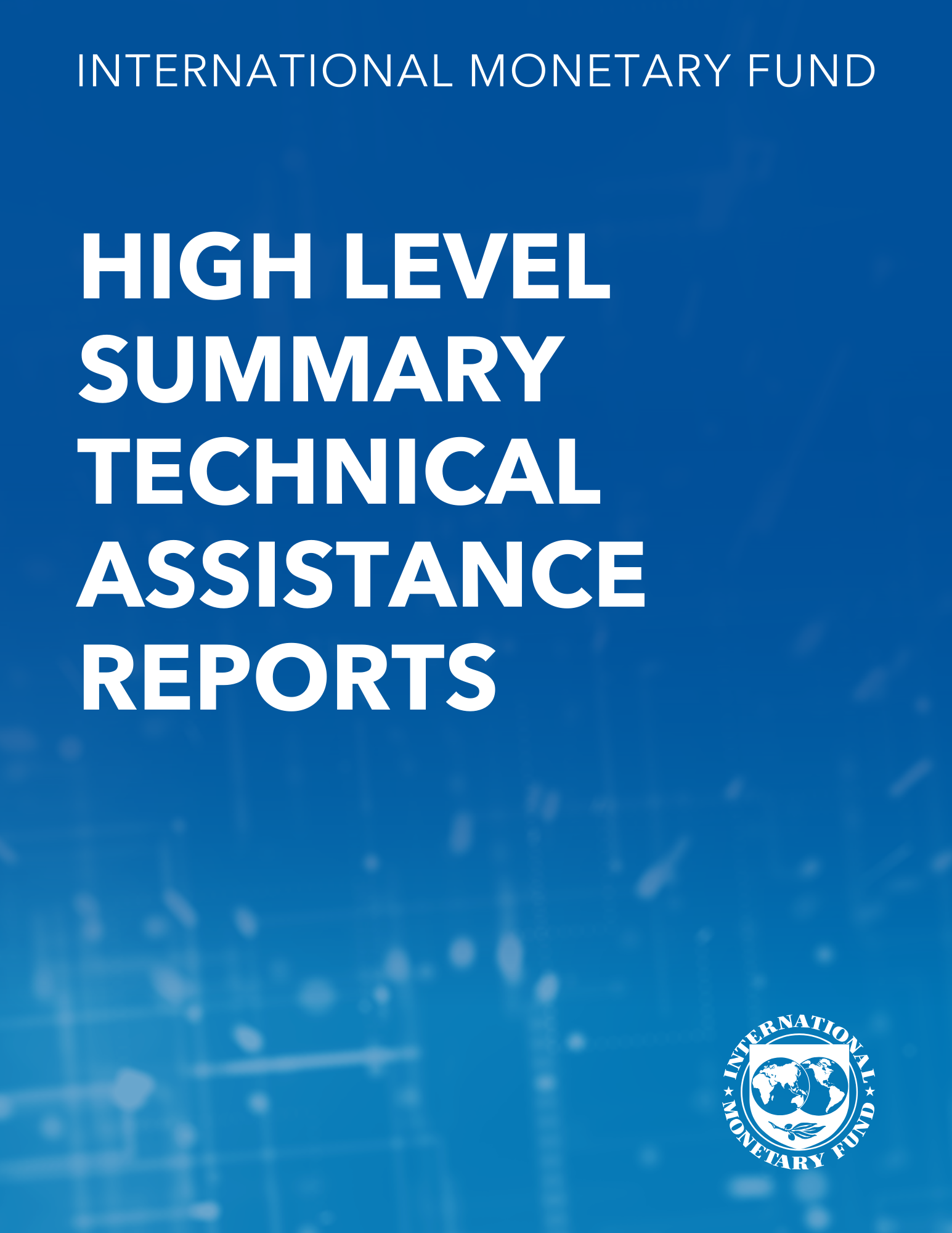The Domestic and Foreign Price Gaps in the P-STAR Model: Evidence from Spain
October 1, 1999
Disclaimer: This Working Paper should not be reported as representing the views of the IMF.The views expressed in this Working Paper are those of the author(s) and do not necessarily represent those of the IMF or IMF policy. Working Papers describe research in progress by the author(s) and are published to elicit comments and to further debate
Summary
The paper uses the P-STAR model to analyze Spanish prices from 1970 to 1996, adding the foreign price gap to the standard domestic definition of the P-STAR model (the domestic price gap) to assess the role German price movements played in Spanish inflation. The domestic price gap turns out to be the major explanatory variable for inflation, even after the entrance of Spain in the exchange rate mechanism (ERM). This result suggests that the successful disinflation experienced in Spain in the past few years may be more related to domestic conditions than to foreign ones.
Subject: Conventional peg, Exchange rates, Foreign exchange, Inflation, Output gap, Potential output, Prices, Production
Keywords: Conventional peg, equilibrium price, Europe, Exchange rates, gap, gap decrease, gap effect, Gap terms, gap times, gap variable, Inflation, Output gap, Potential output, price gap, velocity gap, WP
Pages:
26
Volume:
1998
DOI:
Issue:
064
Series:
Working Paper No. 1998/064
Stock No:
WPIEA0641998
ISBN:
9781451848533
ISSN:
1018-5941






